flush mounted ceiling hood
carnegiedunn
11 years ago
Featured Answer
Comments (19)
kaseki
11 years agocarnegiedunn
11 years agoRelated Professionals
Henderson Kitchen & Bathroom Designers · Knoxville Kitchen & Bathroom Designers · Pleasant Grove Kitchen & Bathroom Designers · Schaumburg Kitchen & Bathroom Designers · Southampton Kitchen & Bathroom Designers · Springfield Kitchen & Bathroom Designers · Feasterville Trevose Kitchen & Bathroom Remodelers · Sunrise Manor Kitchen & Bathroom Remodelers · Honolulu Kitchen & Bathroom Remodelers · Paducah Kitchen & Bathroom Remodelers · Spokane Kitchen & Bathroom Remodelers · Ham Lake Cabinets & Cabinetry · Richardson Cabinets & Cabinetry · South Gate Cabinets & Cabinetry · Bellwood Cabinets & Cabinetryclinresga
11 years agoclinresga
11 years agoGreenDesigns
11 years agoUser
11 years agoclinresga
11 years agoribs1
11 years agokaseki
11 years agoclinresga
11 years agoPaige King
2 years agokaseki
2 years agoCora Aphra
2 years agokaseki
2 years agolast modified: 2 years agoopaone
2 years agoShalou
last yearopaone
last yearkaseki
last year
Related Stories
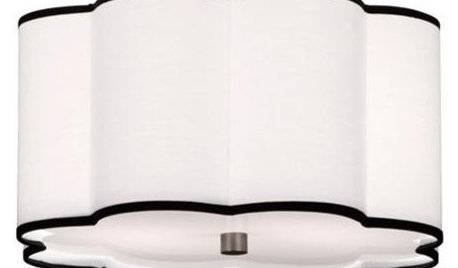
Guest Picks: Flat-Out-Gorgeous Flush Mounts
Things are looking up for your ceiling, thanks to lighting fixtures that stay out of the way but stand out for their style
Full Story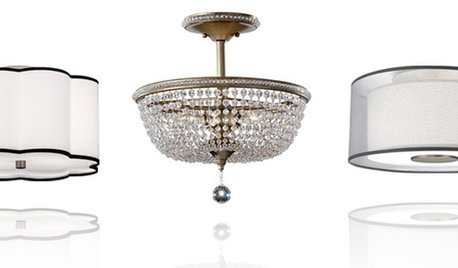
SHOP HOUZZShop Houzz: Fabulous Flush-Mount Lighting
These close-to-the-ceiling light fixtures are anything but boring
Full Story0
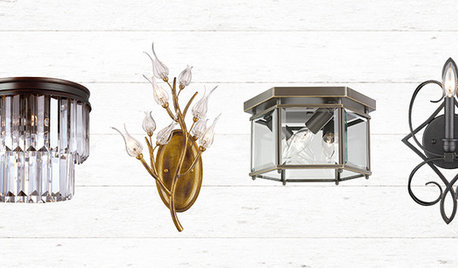
SHOP HOUZZShop Houzz: Up to 60% Off Flush Mounts and Sconces
Stay on budget and on trend with ceiling and wall lighting in styles across the spectrum
Full Story0
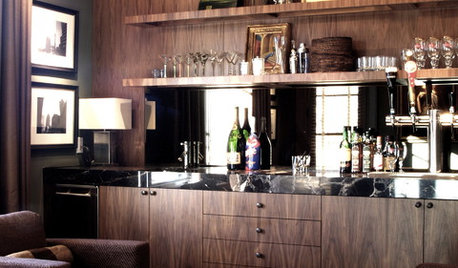
DECORATING GUIDES11 Lighting Fixtures That Rethink the Flush Mount
Think flush-mount lighting equals frumpy and fluorescent? These brilliant beauties for the kitchen, bath and beyond will change your mind
Full Story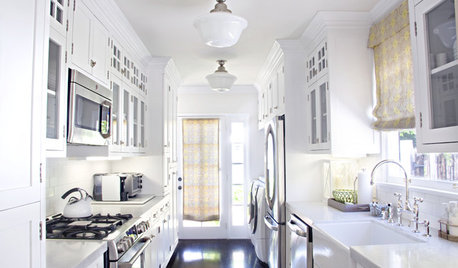
LIGHTINGWhy It’s High Time to Reconsider Flush-Mount Lights
Look past your negative perceptions and see how versatile these lights can be
Full Story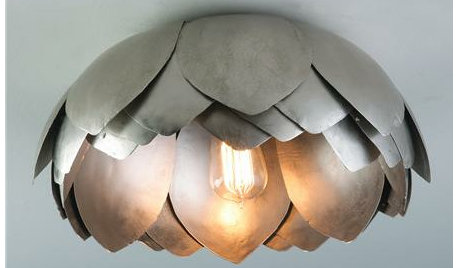
LIGHTINGGuest Picks: 20 Fabulous Ceiling Lights
Replace those boring overhead light fixtures with flush mounts that shine with personality
Full Story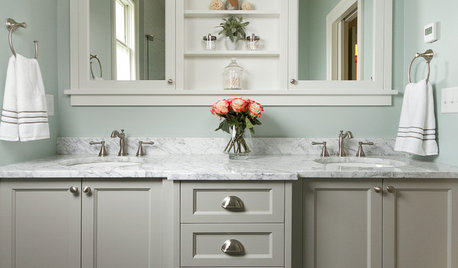
BATHROOM DESIGNShould You Get a Recessed or Wall-Mounted Medicine Cabinet?
Here’s what you need to know to pick the right bathroom medicine cabinet and get it installed
Full Story
KITCHEN DESIGNHow to Choose the Right Hood Fan for Your Kitchen
Keep your kitchen clean and your home's air fresh by understanding all the options for ventilating via a hood fan
Full Story
KITCHEN DESIGNWhat to Know When Choosing a Range Hood
Find out the types of kitchen range hoods available and the options for customized units
Full Story
KITCHEN APPLIANCESWhat to Consider When Adding a Range Hood
Get to know the types, styles and why you may want to skip a hood altogether
Full StorySponsored
Central Ohio's Trusted Home Remodeler Specializing in Kitchens & Baths
More Discussions






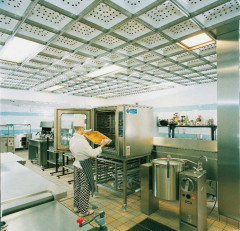
carnegiedunnOriginal Author